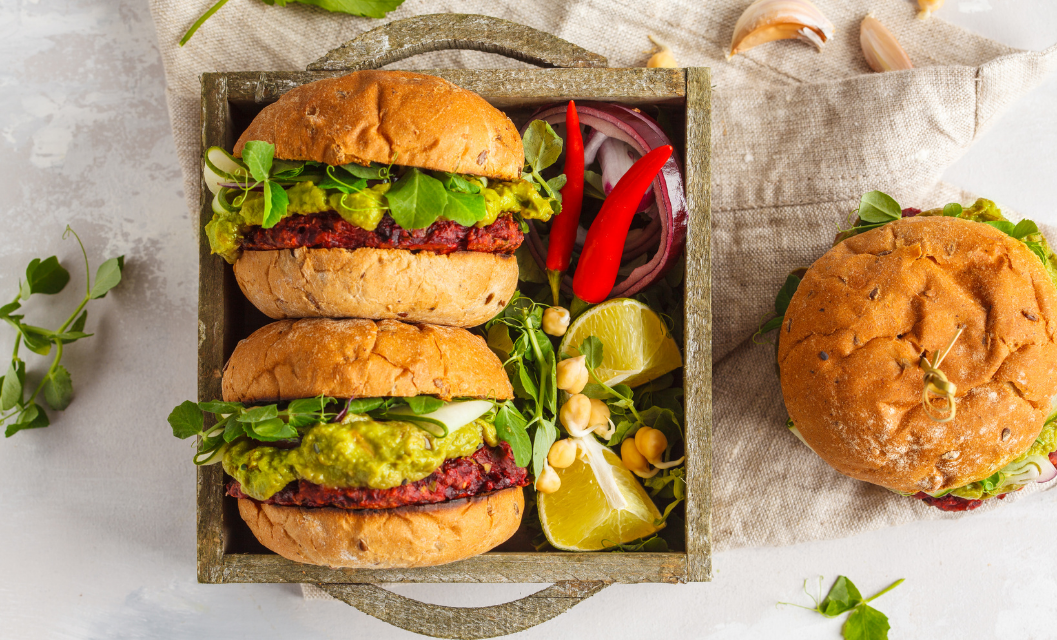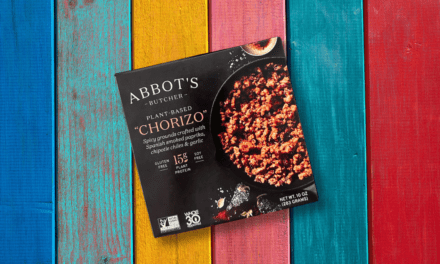Vegans don’t wear, use, or eat animals or animal products. There are many perks to this lifestyle, ranging from being less likely to develop cancer to being an advocate for animal welfare. However, making any change can be very difficult…and one that interacts with multiple areas of your life can be even harder. These five easy steps will take you through the planning phase to execution so you can be vegan before you know it!
1. Identify Why You Want to Be Vegan
Veganism has many benefits, but which one is the one that’s going to motivate you the most? There are many reasons that people become vegan, but the two most common are health-related reasons and animal welfare-related reasons.
If health is your primary motivator, drill down into what you want to accomplish. Vegans are less likely to develop cancer, diabetes, and high blood pressure than non-vegans. You can effortlessly increase your fiber intake thanks to all those fruits and veggies, which in turn can help lower your risk of heart disease. Vegans even have lower body weight, on average, than non-vegans.
On the other hand, some people find they’re more motivated by animal welfare than abstract health benefits. If you find yourself grinning whenever you think of a calf and piglet being friends on a farm animal sanctuary, this may be the motivator for you. Take a deep dive into the processes of the meat industry. Identify specific things that you want to see change in the meat industry. Removing your support alone won’t make a drastic change, but veganism is rising worldwide! You’ll be adding the power of putting your money where your mouth is to thousands of people doing it every day.
Whatever your motivation, once you’re clear on the “why” of veganism it will be easier to tackle the “how”.
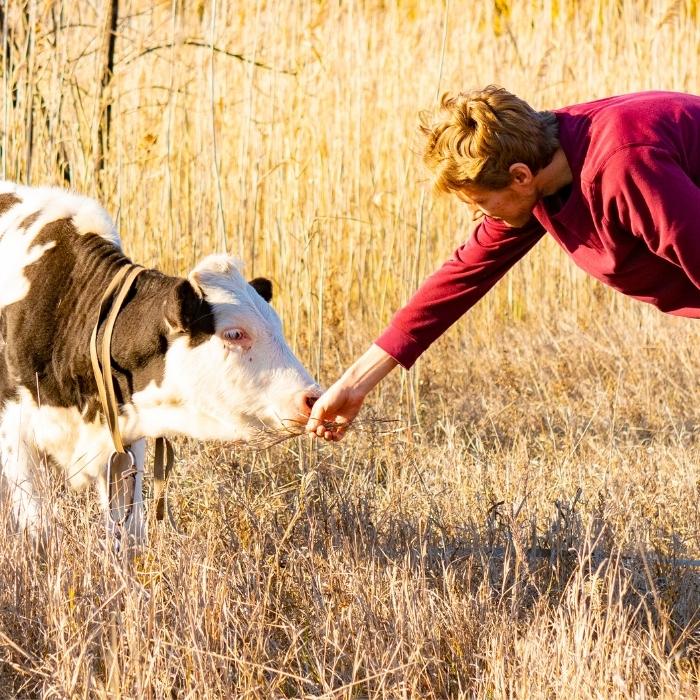
In addition to health reasons, some people are motivated to go vegan for the animals.
2. Meal Plan, Meal Plan, Meal Plan
You may not be a fan of meal planning. Some people prefer to throw together whatever they want to eat that day and call it good. However, bear with meal planning for at least a month or two as you transition. You want to make eating vegan the easy option.
Chances are good that you don’t eat an almost-vegan diet already. Meal planning introduces you to new recipes that will become a staple in your diet. Research slow cooker/instant pot recipes if you have one available, one-pot meals if you don’t. You want to build a repertoire of easy, tasty meals that meet your nutritional needs.
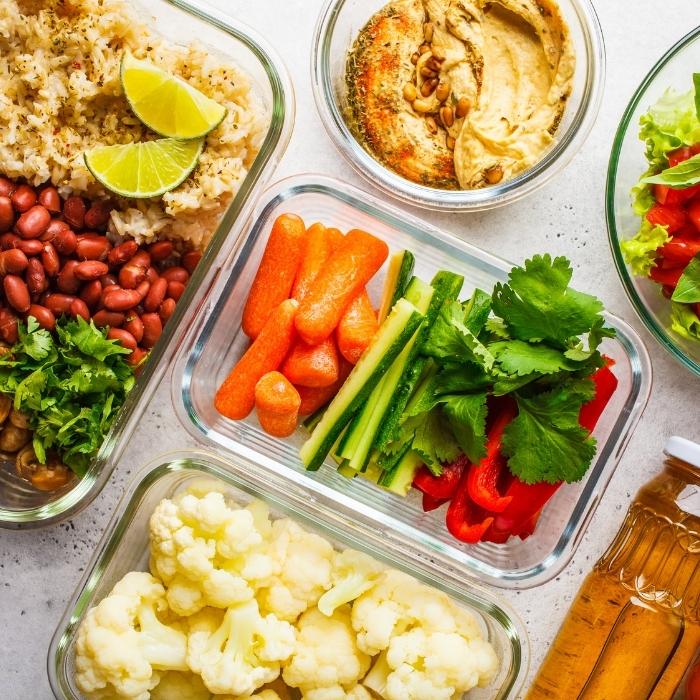
Planning your meals can make switching to a vegan diet easier.
3. Find New Twists On Classic Comforts
While you’re meal planning out your nutritionally sound meals, go ahead and find some comfort food too. Research vegan baking, try some vegan meat replacements like burgers, “chicken” nuggets, and sausage. Search the web for “vegan [your favorite comfort food here].”
We don’t just eat to fulfill the nutritional needs of our bodies. We eat to feel good, we eat to celebrate, and we eat to enjoy ourselves!
While you’re making the transition to veganism, you’re going to miss some of your old favorites. If you feel deprived you’re more likely to cave to the urge to buy a Big Mac and forget all the great reasons you went vegan in the first place.
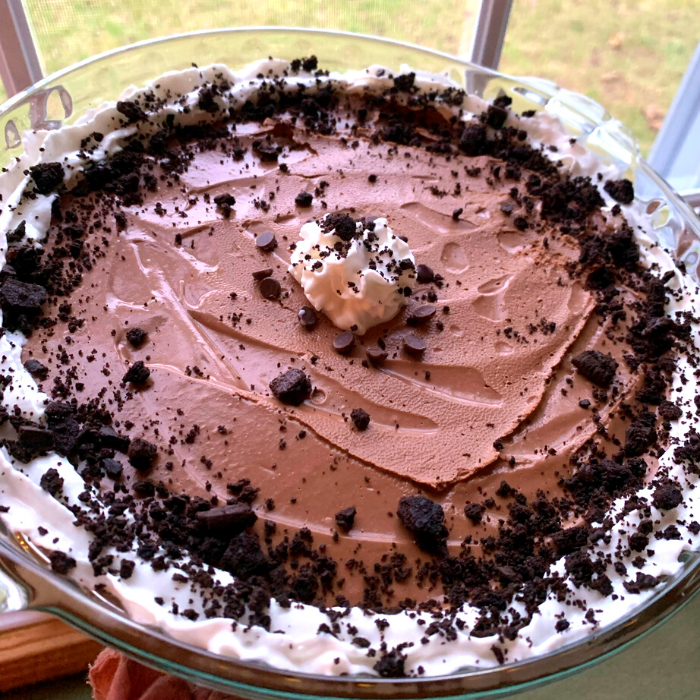
Try to veganize one of your favorite comfort foods. | Photo: Nicole @veganshowoff
4. Phase Out Non-Vegan Products
It’s not possible for most people to just throw out their non-vegan products. Food and clothes are expensive! Emptying your freezer and your wardrobe at the same time will leave you strapped for cash and unhappy going into your new vegan lifestyle.
A great strategy for managing this is to commit to only buying vegan products going forward. However, use up the things that you already have. Wear that wool coat until you need to replace it. Eat the ice cream in your freezer–it’s already bought! Then go to the store and buy vegan products.
5. No “Cheat” Days, Meals, or Moments
The last thing you want to do to ensure your vegan transition goes smoothly is to not “cheat” at anything. You may be familiar with cheat days/meals/moments from the usual diet culture. This is another way of thinking with your “deprived” mind. When you say to yourself, “I’m just going to cheat on veganism for a day…”, what you’re really saying is “Veganism is holding me back.”
Veganism is not an outside force preventing you from getting what you want in life. Living a vegan lifestyle is a choice you make. Every time you are presented with a non-vegan item, you can choose to use it/eat it or you can choose to get a vegan alternative. Either way, you’re the one in control.
When you’re tempted by that non-vegan product, take a deep breath. Think about your reasons for being vegan that you identified in step one. Then ask yourself, “Do I want this bite more than I want that outcome?”

Vegan pasta dish with tomato sauce and veggies.
It’s up to you to decide what’s important to you. By banishing the idea of “cheating”, you will have to make a conscious, eyes-open decision. Usually, once you see what you’re really choosing, the choice is a lot easier to make.
Going vegan is a complex issue, but these five steps break it down into actionable pieces. Start by figuring out why you want to do this, and how you’re going to do it will fall into place. If you’re ever in doubt, think back to why you started, and you’ll find a reason to continue!

